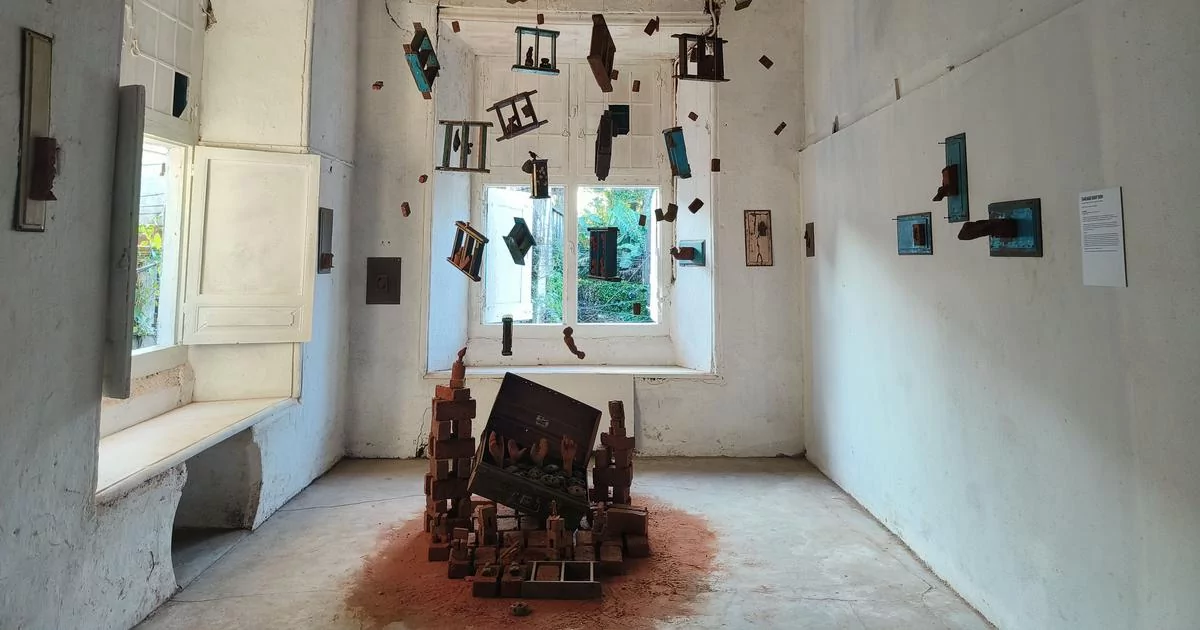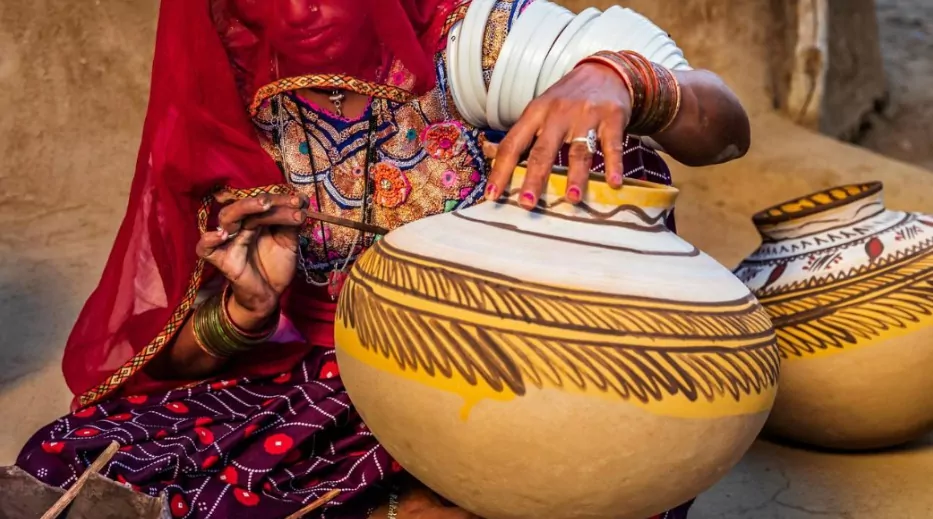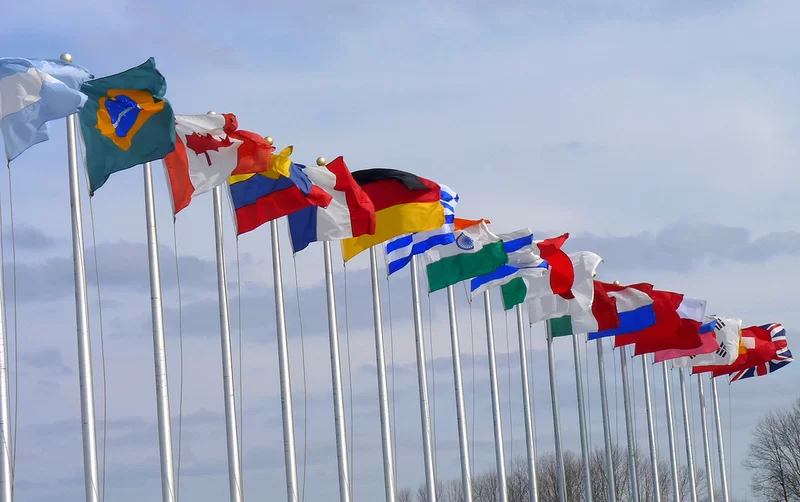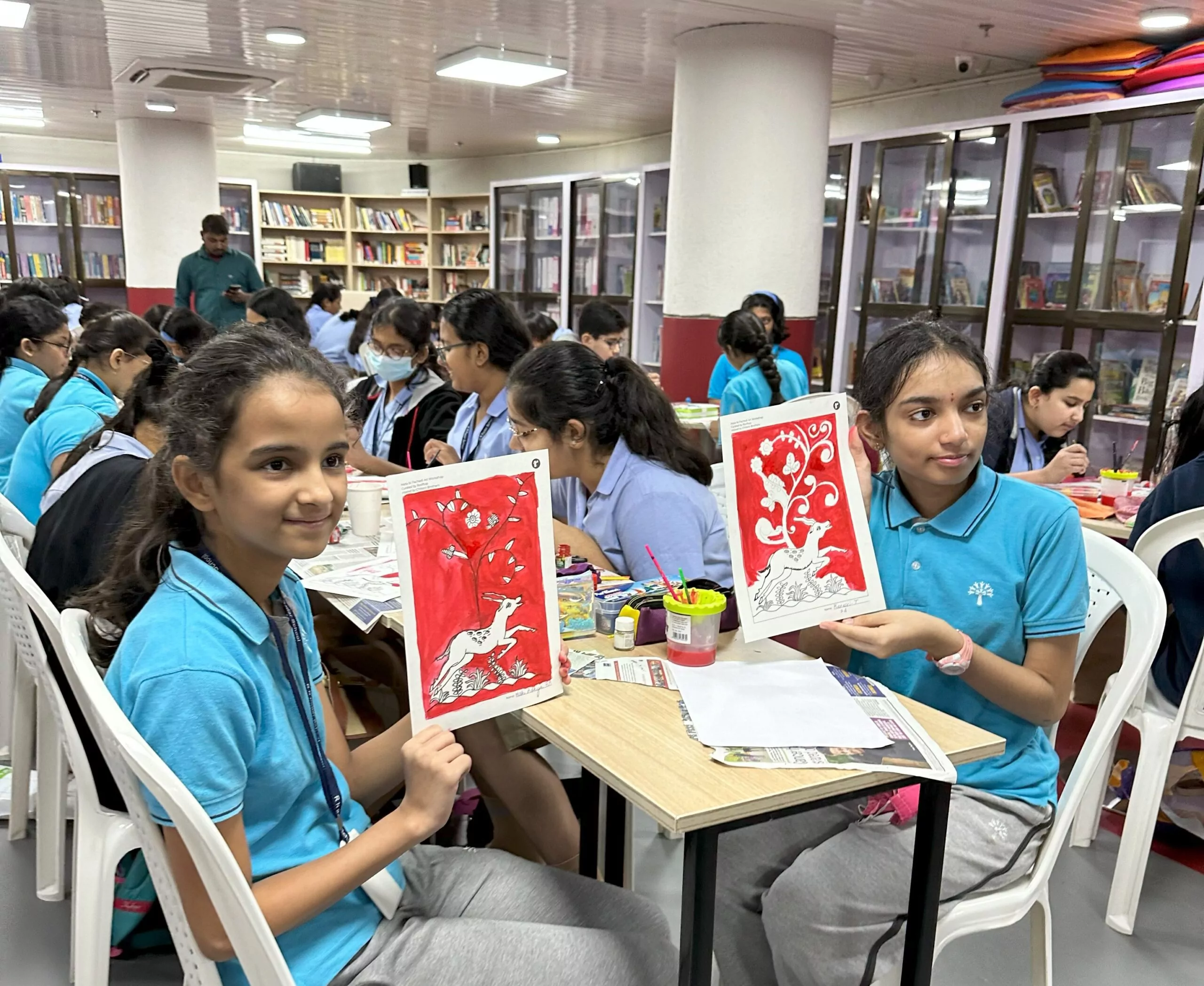If you are an avid art enthusiast, you’ve probably been fascinated by this opulent phenomenon of the art world – the Biennale. The most popular and global Biennales are the Venice Biennale, the Berlin Biennale and The Whitney Biennale. But recently, the biennale has come right to our doorstep, emerging as a coveted art event. What began as a Western phenomenon is being adopted in South Asia in its own unique way. So what does the Biennale culture look like in the Indian context?
What is a Biennale and When Did it Start?

Simply put, Biennale means biannual – an event that happens every two years. But this term has been adopted in the art world uniquely to describe a monumental fiesta of an event, usually international, which brings together a large number of art pieces, performances & workshops as well as artists, critics, enthusiasts and ideally, the everyday man.
The phenomenon of the Biennale took birth in the year 1895 in Venice. It started out as an exhibition in celebration of the silver anniversary of King Umberto I. Riccardo Sevatio, the then Mayor of Venice, proposed the exhibition to showcase Italy’s rich cultural heritage and establish the country as a hub for global contemporary art and dialogue. The exhibition soon became a biannual event and marked a turning point in modern art history because of its inclusive nature. For the first time, the display showcased non-traditional art practices and art broke through the rigid walls of museums.
With this commenced an era of broader social engagement and the spirit of community. The Venice Biennale became the archetype for all future Biennales of the world.
The First Biennale of India

Since India gained its independence, there have been multiple attempts towards bringing into effect India’s own Biennale, or Biennale-adjacent events. In 1968, the conceptualization of The Triennale-India marked a notable event. Propelled by Jawaharlal Nehru’s ambitions to move past colonial structures and portray India’s movement towards modernity, The Triennale-India was a political tool to reinvent the country’s national identity through art. Unfortunately, the project never came to fruition due to both internal and external criticisms of the extent of modernism the Triennale encapsulated. The interference of the State also hampered the spirit of alternative expression and experimentation, leading to the failure of further attempts to establish a Biennale in India.
After decades of efforts, we now finally have an International Art Biennale of our own: The Kochi Muziris Biennale (KMB), whose first edition took place in 2012. It began as an initiative by the government of Kerala, which invited Riyas Komu and Bose Krishnamachari, two Kerala-born artists to develop and curate a vast international platform for art in India.
The Kochi Muziris Biennale

Not unexpectedly, the Kochi Muziris Biennale(KMB) put Kochi, and India as a whole on the international Biennale map. It also continues to play a major role in bringing art closer to local audiences and creating a culture of art appreciation in the Indian community. But it is important to note that the KMB, in its very ethos, has its roots in the socialist nature of the state of Kerala. The aim was to go beyond the extravagance of a large-scale art event; rather, the Kochi Muziris Biennale aimed to be accessible and inclusive to every person, of every social class. It pushed its visitors to think critically and engage with social issues that plague the country and the world. The goal was beyond the mere enjoyment of the arts.
Also Read: 10 Art Festivals You Must See At least Once

The Landscape of the KMB
It is also interesting to notice the landscape in which the KMB is set. Following an unconventional route, the KMB spans across the city, particularly on the island of Fort Kochi. It has multiple venues, most of which are historic buildings. It pays homage to the rich cultural history of Kochi and adds to the charm of the Biennale. Whether this set-up was an intentional decision to involve and establish the whole city as a host in itself or was simply because of the lack of infrastructure and funds, the effect it has had on visitor experience is one-of-a-kind. It also points towards the event being grounded in the roots of Kerala and its people, thus involving the local community, unlike many international Biennales which are unspokenly reserved for the elite.
While the inception of Kochi Biennale was strong in its values of socialism, there do exist cracks in its system. Although it started out as an incredible act of social inclusivity and art democratisation, one can’t help but notice that commercialization has infiltrated the event. The most stark observation is that the Biennale offered free entry to all events in its first edition in 2012, whereas the latest edition in 2022-23 tickets a day pass at Rs.150. Furthermore, the Biennale Shop exorbitantly priced its products, creating an environment of hostility for anyone except the uber-rich.
The Spirit of a Biennale
A fundamental characteristic of a Biennale is its expansive locale and grand scale.
Since the establishment of the Kochi Muziris Biennale, a few others have emerged on the scene in the past few years – the Bihar Museum Biennale, the Chennai Photo Biennale and the Indian Ceramics Triennale, for instance. However, none of them fit the conventional mould of a Biennale, owing to various factors such as the lack of space for radical thinking, dearth of scale & globality and excessive State involvement.
Notably, a classic case of this, which is also the most recent addition to the Indian Biennale culture is The India Art, Architecture & Design Biennale which was inaugurated in December 2023 and was sponsored by the Ministry of Culture. But setting aside the State endorsement, an impressive characteristic of this event was its unique incorporation of architecture and design, making it interdisciplinary.

Considering the fact that the meaning of art and its presentations are ever-evolving, it is reasonable to set aside factors like scale, physical space, grandeur and international scope when determining whether an event qualifies as a Biennale. However, a Biennale can maintain its original spirit only when it allows for infinite experimentation, independent thinking, unconventional methods and alternative practices. If stripped of these, a Biennale loses its purpose that sets it apart from traditional exhibitions, festivals or art fairs. In its truest form, the Biennale must provide a safe space for forward-thinking artists who question social norms and the status quo. It must also push artists to produce art in connection with and as a response to our current and emerging realities.
Also Read: 5 Must-Visit February Art Exhibitions And Festivals In India
The Future of Biennales in India
Referring back to The Triennale-India brings us to a critical question: Can government control and radical art coexist? How radical can a piece of art, or a Biennale as a whole be when they are required to fit into a government-mandated guideline? Can dissent art, for instance, be free of artistic censorship and truly find a place within a system like this? How far can artists and cultural practitioners go while questioning the status quo?

The KMB has proven to be path-breaking, leading to a breakthrough for alternative Indian artists who work outside of the gallery system. It is also definitely unprecedented in its socio-political commentary and progressive ideologies. However, the State’s involvement in art events such as this evokes questions about vested interests and the extent of free artistic speech. Raising these questions and reflecting on them personally as well as collectively is important for us to imagine a better, improved future for not only the KMB and the other smaller Biennales that exist today but also for the future Biennales of India.
Written by Lakshmi Nagaraj, an independent mixed-media artist and arts professional working towards pushing the boundaries of art practices and including marginalised voices while doing so.
To learn more about Indian art forms, download the Rooftop app from Google Play or the App Store to stay updated on our upcoming art events and workshops. Stay tuned to Rooftop blogs and follow us on Instagram @rooftop_app.




